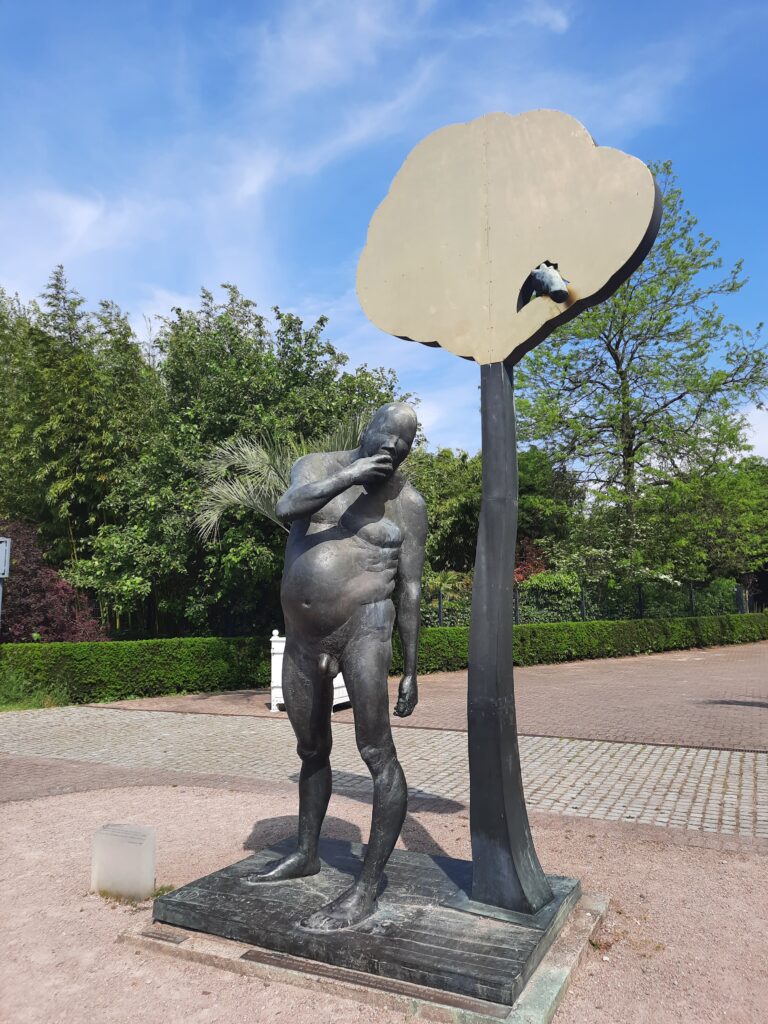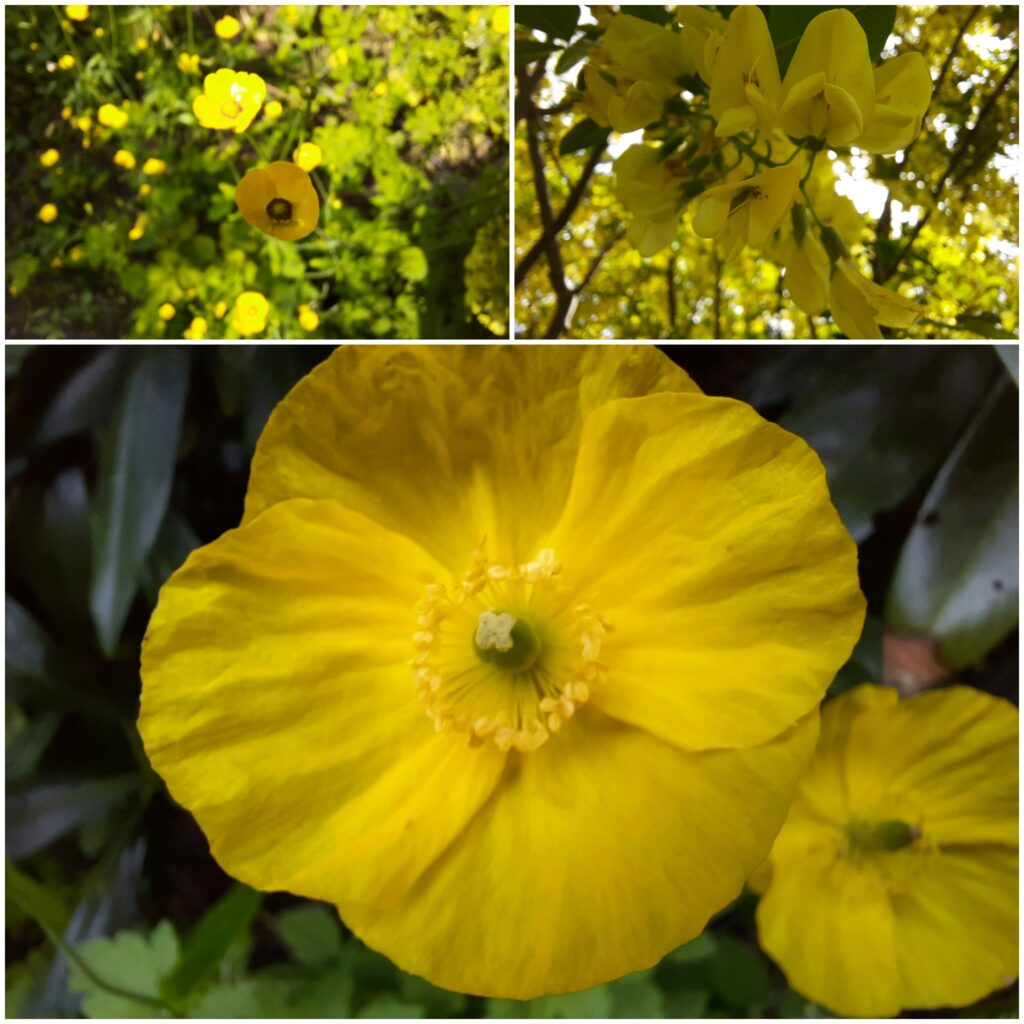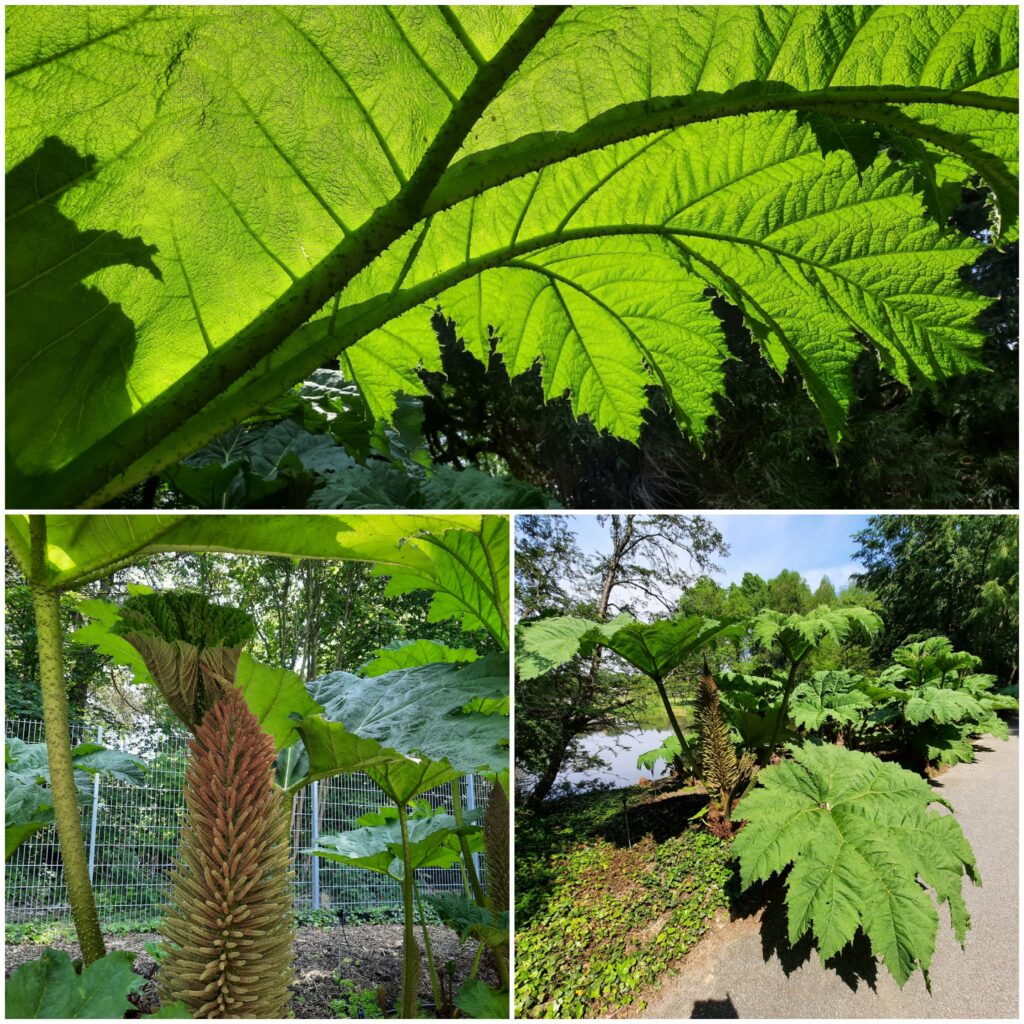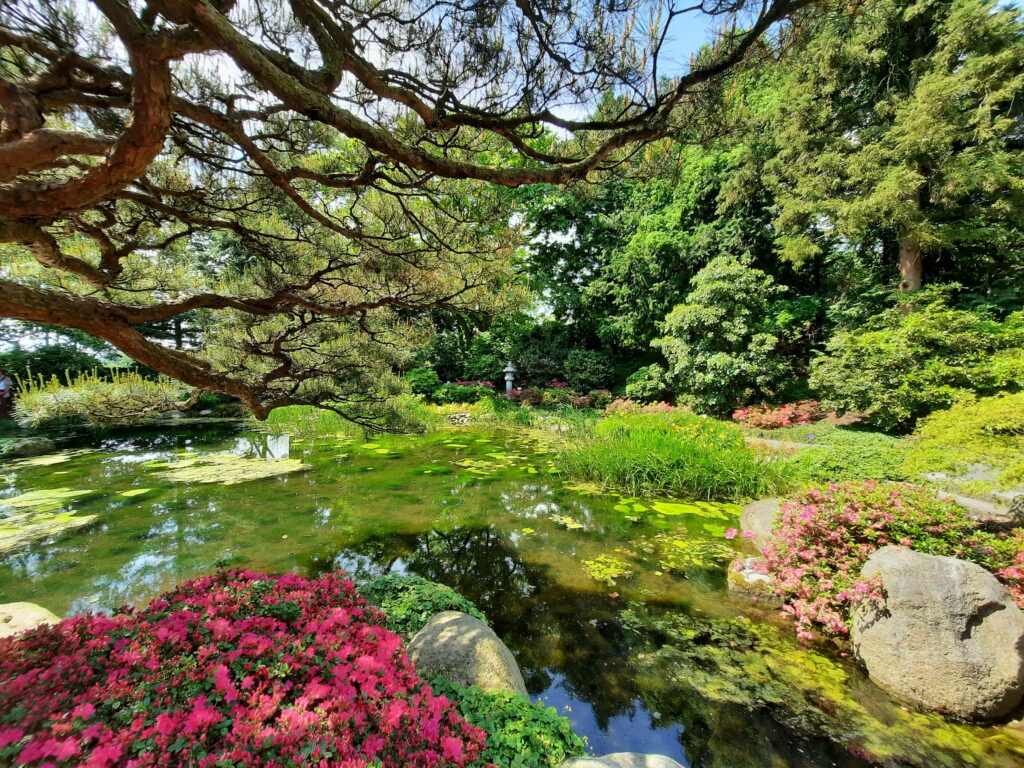The botanical garden of Hamburg is part of the university and is a scientific collection for teaching and research tasks of the biological institute. It was renamed Loki-Schmidt-Garten in 2012, after the wife of the former Federal Chancellor Helmut Schmidt. Both were heavy smokers and at the 2013 International Garden Show I smoked a cigarette in memory of her, but I stopped smoking quite a while ago. The first botanical garden of Hamburg was opened in 1821 and was located on the ramparts. The tropical greenhouses are still located there today. In 1973, as part of the former International Garden Show, it was decided to move the garden to its current location to the western part of the city. In the entrance area there is a sculpture called „Adam plunders his paradise“.

The first and oldest botanical garden in the world, which is still in its original location in, is the Padua Botanical Garden called Orto Botanico di Padova. It was founded in 1545. Other early botanical gardens were founded in Pisa by Luca Ghini in 1544, as well as in Florence (1545) and Bologna (1568).
In order to enter the botanical garden of Hamburg you have to book a time slot – as everywhere at the moment – and wear a mask. The garden is divided into three areas: plant systematics, plant geography and plant and man. I am particularly interested in the poisonous plants and I have to think of Curare and how it is shot with arrows. It creates a Apnea. I was surprised that many of them were yellow in color, like Greater Celandine (Schöllkraut), Golden Rain (Goldregen) und Welsh Poppy (Wald-Scheinmohn). The celandine in particular is a weed that is widespread in Germany. I didn’t recognized the Welsh Poppy before but it seems to be widespread as well.

It quickly becomes clear that there are far too many plants in the 25 acres to delve into all of them. You have to visit the garden several times and can only devote yourself to a few plants at a time. This time I was particularly fascinated by the Brazilian Giant Rhubarb (Mammutblatt). The plant grows up to three meters high and I can stand under it perfectly. It doesn’t seem to like living here, however, because in winter it has to be protected from freezing with leaves or brushwood outdoors in Central Europe. Originally, the plant grows in the cool and humid regions of southern Brazil, where it occurs in bog and marshland, on rocky streams or at the edge of water.

Like many botanical gardens and parks, this one also has a Japanese Garden. I learned that there are differences between Japanese and Chinese gardens: in Chinese gardens there is a house in the middle. They should be viewed from the inside of the house, whereas Japanese gardens should be viewed from the outside. Above that Chinese gardens were inspired by Chinese inland landscapes, particularly Chinese lakes and mountains, while Japanese gardens often use miniaturized scenery from the Japanese coast.
